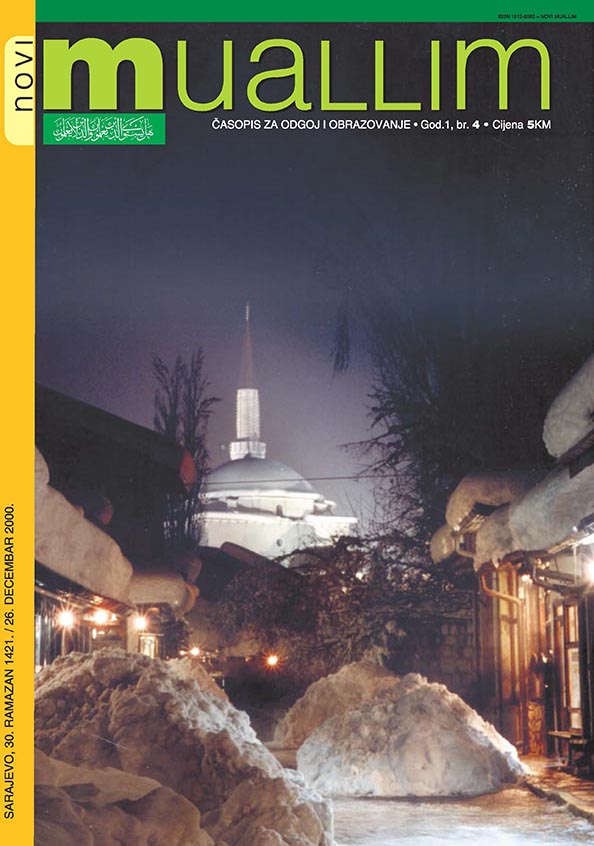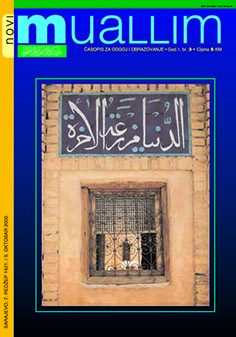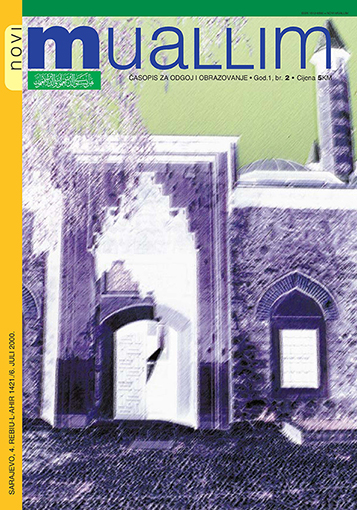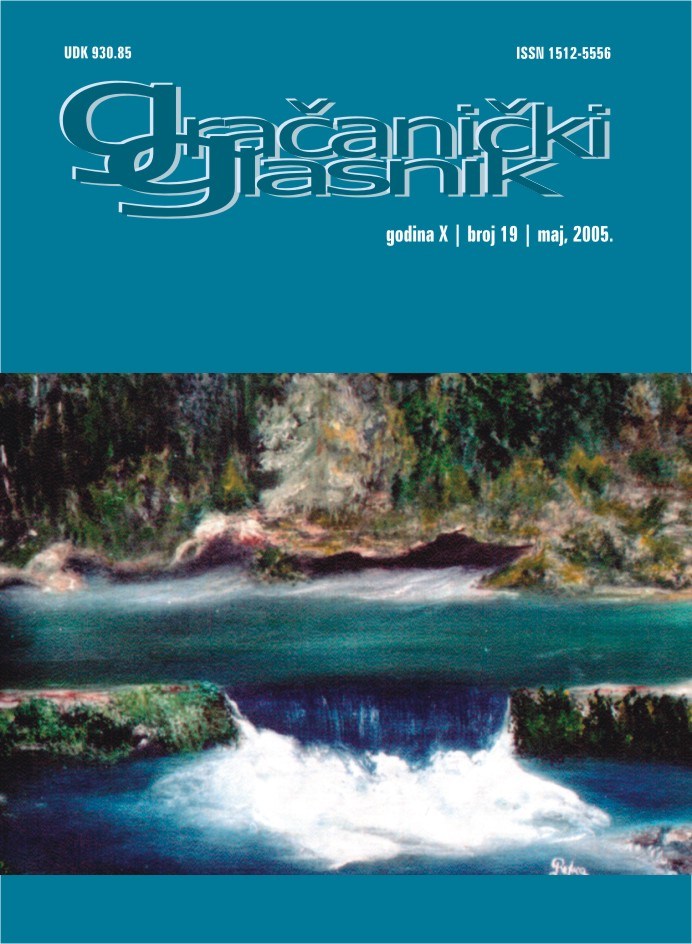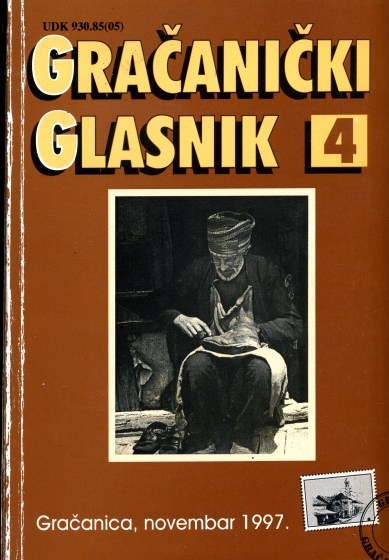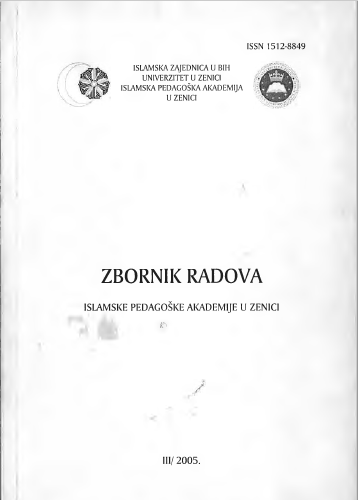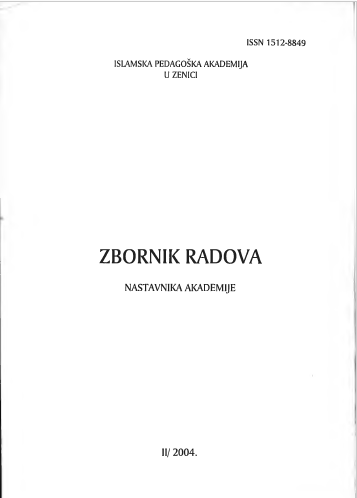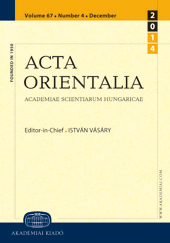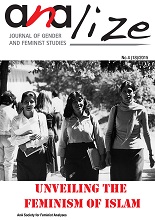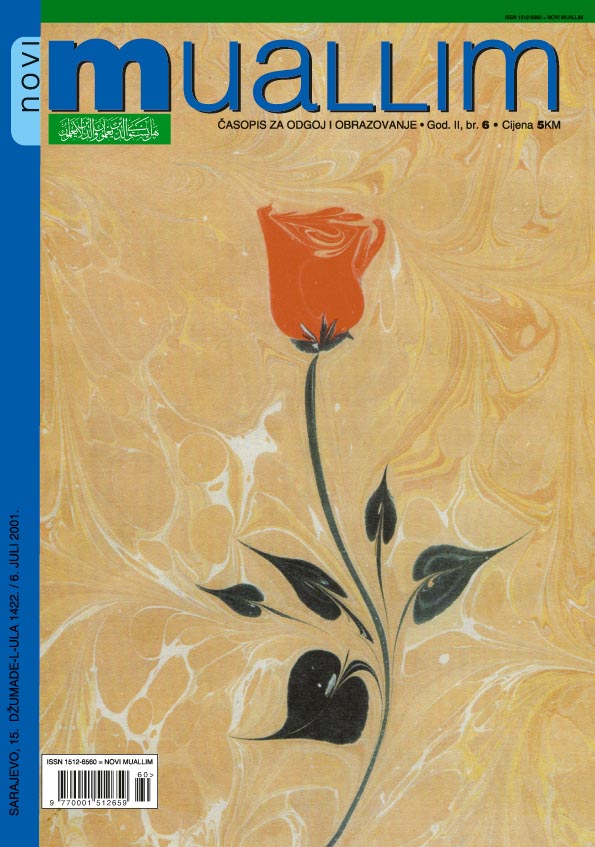
O PREDNOSTI VJEROVJESNIKA NAD MELEKIMA
Tema o kojoj kanim pisati u ovome radu nedovoljno je istražena i valorizirana u akaidskoj literaturi na bosanskom jeziku. Pokušat ću na tragu klasične akaidske literature i rukopisa Šejha Juje, bosanskog alima iz 17. stoljeća, ukratko navesti najznačajnije podatke o prednosti vjerovjesnika nad melekima.
More...
